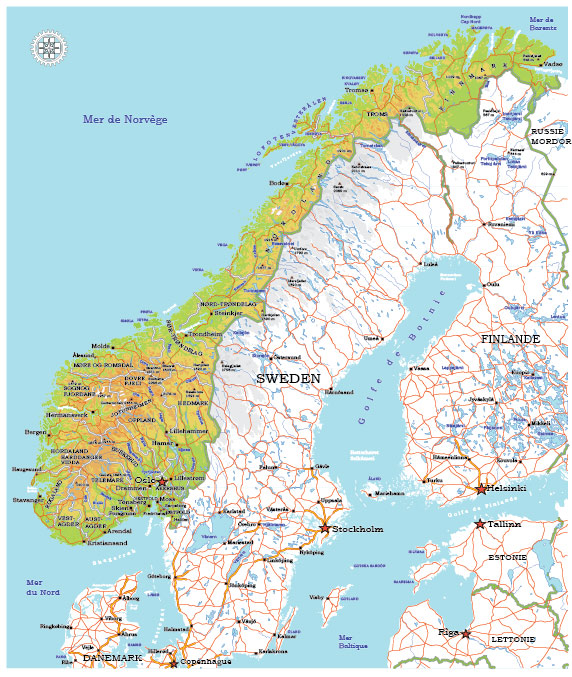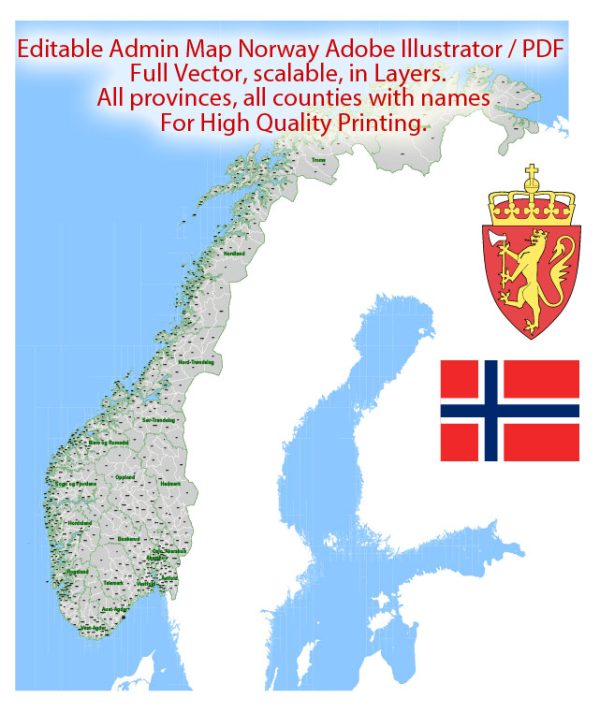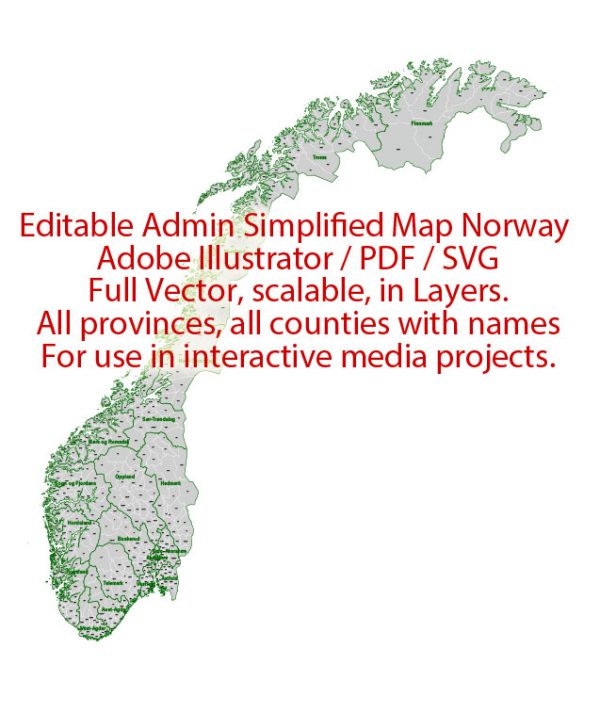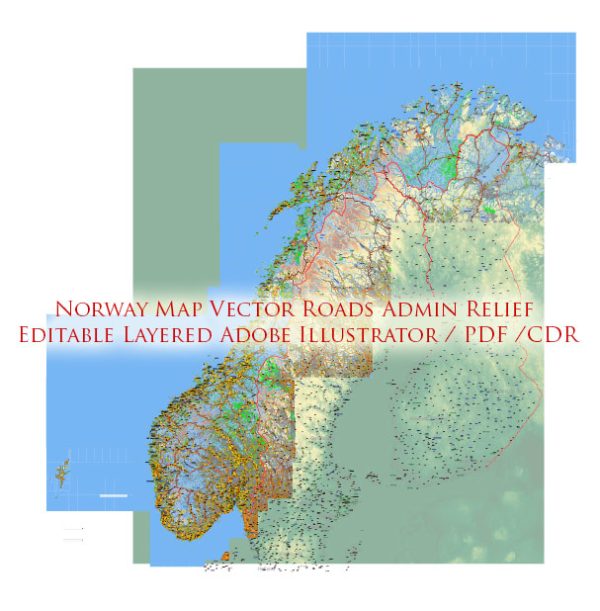Norway is divided into several administrative territories, each with its own level of government and responsibilities. Here’s an overview of the administrative divisions in Norway:
- Counties (Fylker):
- Norway is divided into 11 counties. Each county is governed by an elected County Governor (Fylkesmann) appointed by the King in Council and is responsible for coordinating and overseeing various national and regional matters within its jurisdiction. The counties are:
- Oslo
- Viken
- Innlandet
- Vestfold og Telemark
- Agder
- Rogaland
- Vestland
- Møre og Romsdal
- Trøndelag
- Nordland
- Troms og Finnmark
- Norway is divided into 11 counties. Each county is governed by an elected County Governor (Fylkesmann) appointed by the King in Council and is responsible for coordinating and overseeing various national and regional matters within its jurisdiction. The counties are:
- Municipalities (Kommuner):
- Below the county level, Norway is further divided into municipalities. As of my last knowledge update in 2022, there were 356 municipalities. Each municipality has its own local government, including a municipal council and a mayor. Municipalities are responsible for providing a wide range of local services, including education, healthcare, social services, and local infrastructure.
- Parishes (Sokn):
- Historically, Norway was divided into parishes for religious and administrative purposes. While not as significant in modern governance, some historical and cultural remnants of parishes still exist.
- Sámi Parliaments:
- In the northern parts of Norway, there are Sámi Parliaments. The Sámi are an indigenous people, and they have a degree of self-governance within their areas. There are three Sámi Parliaments: one for Southern Sámi, one for Lule Sámi, and one for Northern Sámi.
- Special Areas:
- Norway has several special areas, including the archipelago of Svalbard. Svalbard is subject to a unique international treaty that grants certain rights and responsibilities to both Norway and other signatory countries. Additionally, Jan Mayen, a remote island, is governed by a governor appointed by the King of Norway.
It’s important to note that administrative divisions and territories may change over time due to government restructuring or other factors. Therefore, it’s advisable to consult the latest official sources or government websites for the most up-to-date information on Norway’s administrative territories and divisions.






 Author: Kirill Shrayber, Ph.D.
Author: Kirill Shrayber, Ph.D.